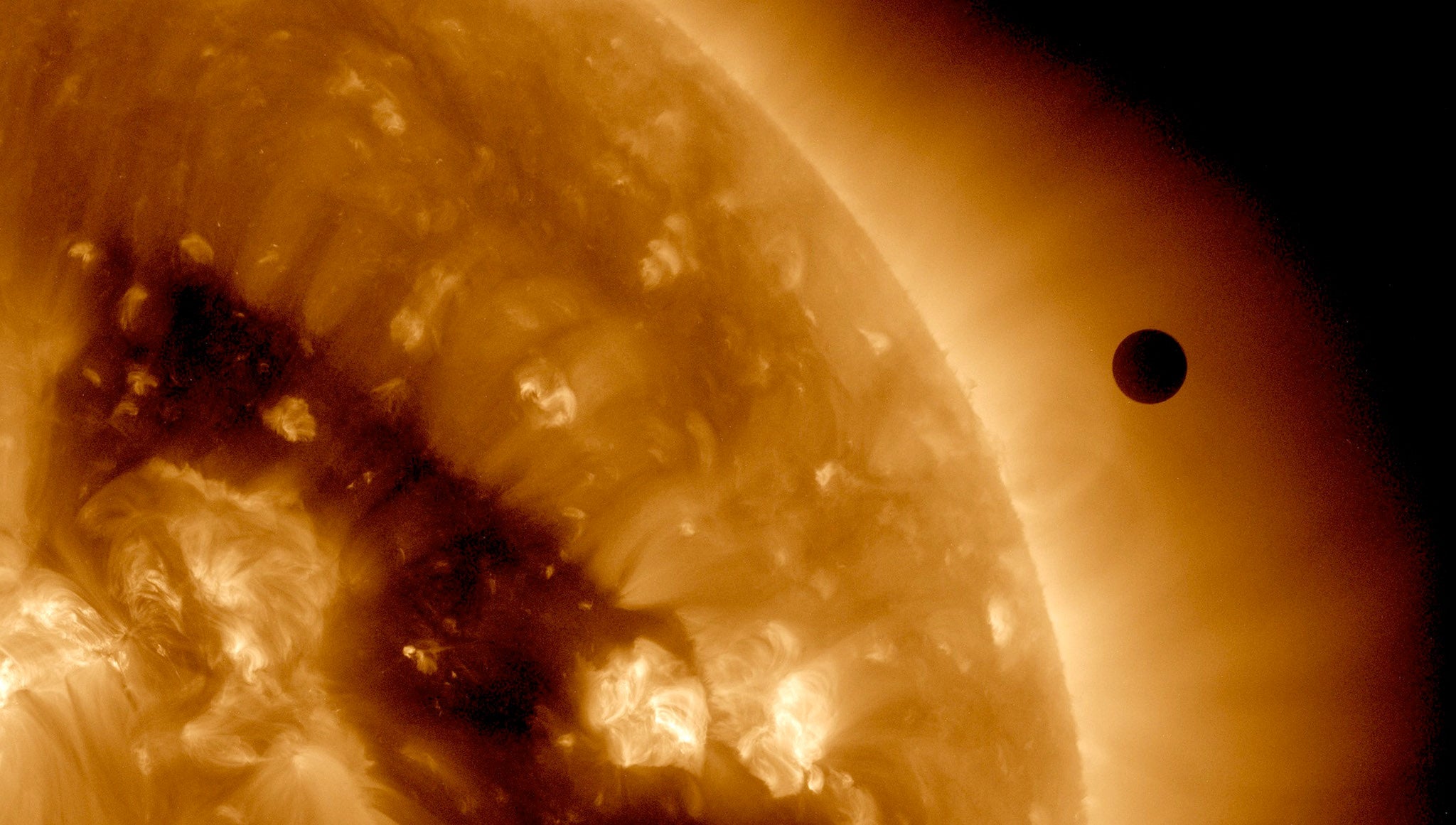Scientists find source of dangerous, high energy solar particles that could threaten Earth

Scientists have found the exact source of dangerous rays that are fired from the Sun and threaten activities on the Earth.
The high-energy particles are shot out of the Sun during solar storms that arise in its outer atmosphere.
They can be incredibly important, and hazardous, for life on Earth: not only can they potentially harm air passengers and satellites, scientists fear they could one day be hit by a major disruptive storm that could do more lasting and substantial damage.
In 1859, a large solar storm called the Carrington Event caused widespread issues with telegraph systems across Europe and the United States.
Given our reliance on electricity today, a repeat storm of such magnitude could be far more devastating.
Researchers at University College London (UCL) and George Mason University in the US believe they have located where on the sun these particles come from, in a bid to better predict when they might strike again.
Their findings, published in Science Advances journal, indicate that the particles have the same “fingerprint” as plasma located low in the sun’s corona, close to the middle region of the Sun’s atmosphere.
“In our study we have observed for the first time exactly where solar energetic particles come from on the sun,” said co-author Dr Stephanie Yardley, from UCL.
“Our evidence supports theories that these highly charged particles originate from plasma that has been held down low in the Sun’s atmosphere by strong magnetic fields.
“These energetic particles, once released, are then accelerated by eruptions that travel at a speed of a few thousand kilometres a second.
“Energetic particles can arrive at Earth very quickly, within several minutes to a few hours, with these events lasting for days.
“Currently, we can only provide forecasts of these events as they are taking place, as it is highly challenging to predict these events before they occur.
“By understanding the sun’s processes better we can improve forecasts so that, when a major solar storm hits, we have time to act to reduce risks.”
Researchers made the discovery using measurements from Nasa’s Wind satellite, located between the sun and Earth.
They looked at a number of solar energetic particle streams, each lasting at least a day, in January 2014.
Lead author Dr David Brooks, from George Mason University, added: “Our observations provide a tantalising glimpse into where the material that produces solar energetic particles comes from in a few events from the last solar cycle.
“We are now starting a new solar cycle, and once it gets going we will use the same techniques to see if our results are generally true, or if these events are somehow unusual.
“We are lucky in that our understanding of the mechanisms behind solar storms and solar energetic particles is likely to advance quickly over coming years thanks to data that will be gained from two spacecraft - ESA’s Solar Orbiter and the Nasa Parker Solar Probe - that are heading closer to the Sun than any spacecraft has been before.”
Additional reporting by Press Association
Join our commenting forum
Join thought-provoking conversations, follow other Independent readers and see their replies
Comments
Bookmark popover
Removed from bookmarks